Do you have a question about the Radio Shack PRO-652 and is the answer not in the manual?
Explains the scanner's function keys and their operations for navigation and control.
Details the LCD display elements, icons, and status indicators for user information.
Introduces the scanner's memory organization and its object-oriented scanning method.
Lists and describes the key features and capabilities of the PRO-652 scanner.
Provides instructions for mounting the scanner in a vehicle or as a base station.
Guides on how to connect the supplied or an external antenna for optimal reception.
Explains how to connect the scanner to a power source, either AC or DC.
Explains how objects are stored and addressed in memory using Object IDs.
Details how to organize and group scannable objects into manageable Scan Lists.
Instructions on adding or removing objects from specific Scan Lists.
Procedures for removing unwanted objects from the scanner's memory.
Describes creating and using limit searches within specified frequency ranges.
Explains how to set up searches for specific radio services like public safety or aircraft.
Details configuring the scanner to sweep frequency ranges for strong nearby signals.
Provides quick access to perform limit searches without creating a new object.
Offers direct access to pre-programmed service search ranges for quick scanning.
Allows quick activation and use of the Signal Stalker II feature for signal detection.
Enables rapid entry and monitoring of any frequency, with search capabilities.
How to use the scanner as a weather radio receiver for local broadcasts.
Monitors weather frequencies for alerts while scanning other channels.
Waits silently for specific weather alerts matching programmed location codes.
Describes the virtual memory locations for storing complete scanner configurations.
How to save, load, and manage scanner configurations using V-Scanner locations.
Instructions for transferring programmed data between scanners.
How to assign priority to specific objects for increased monitoring frequency.
Tracks the number of transmissions received for each object type.
Customizes visual and audible notifications for object activity.
Lists key combinations for accessing settings and modes during power-on.
How to set a password to prevent unauthorized use of the scanner.
Important legal considerations and restrictions regarding scanner use.
Guidance on obtaining assistance for scanner malfunctions or repairs.
Technical details including frequency coverage, receiver modes, and dimensions.
Lists frequency ranges for all general sub-bands available for searching.
Details frequencies commonly used for public safety communications.
Covers frequencies used for civilian and military air communications.
Lists frequency ranges used by amateur radio operators.
Describes radio-wide settings for contrast, backlight, and other global parameters.
Details parameters for creating and editing conventional channel objects.
Explains parameters for creating and editing trunking talkgroup objects.
Covers parameters for defining trunking system objects, including type and frequencies.
Details parameters for creating and editing limit search objects.
Explains parameters for creating and editing service search objects.
Covers parameters for creating and editing Signal Stalker II objects.
Instructions on how to input characters, numbers, and punctuation into the scanner.
How to store and use pre-defined text items for faster data entry.
Explains the scanner's function keys and their operations for navigation and control.
Details the LCD display elements, icons, and status indicators for user information.
Introduces the scanner's memory organization and its object-oriented scanning method.
Lists and describes the key features and capabilities of the PRO-652 scanner.
Provides instructions for mounting the scanner in a vehicle or as a base station.
Guides on how to connect the supplied or an external antenna for optimal reception.
Explains how to connect the scanner to a power source, either AC or DC.
Explains how objects are stored and addressed in memory using Object IDs.
Details how to organize and group scannable objects into manageable Scan Lists.
Instructions on adding or removing objects from specific Scan Lists.
Procedures for removing unwanted objects from the scanner's memory.
Describes creating and using limit searches within specified frequency ranges.
Explains how to set up searches for specific radio services like public safety or aircraft.
Details configuring the scanner to sweep frequency ranges for strong nearby signals.
Provides quick access to perform limit searches without creating a new object.
Offers direct access to pre-programmed service search ranges for quick scanning.
Allows quick activation and use of the Signal Stalker II feature for signal detection.
Enables rapid entry and monitoring of any frequency, with search capabilities.
How to use the scanner as a weather radio receiver for local broadcasts.
Monitors weather frequencies for alerts while scanning other channels.
Waits silently for specific weather alerts matching programmed location codes.
Describes the virtual memory locations for storing complete scanner configurations.
How to save, load, and manage scanner configurations using V-Scanner locations.
Instructions for transferring programmed data between scanners.
How to assign priority to specific objects for increased monitoring frequency.
Tracks the number of transmissions received for each object type.
Customizes visual and audible notifications for object activity.
Lists key combinations for accessing settings and modes during power-on.
How to set a password to prevent unauthorized use of the scanner.
Important legal considerations and restrictions regarding scanner use.
Guidance on obtaining assistance for scanner malfunctions or repairs.
Technical details including frequency coverage, receiver modes, and dimensions.
Lists frequency ranges for all general sub-bands available for searching.
Details frequencies commonly used for public safety communications.
Covers frequencies used for civilian and military air communications.
Lists frequency ranges used by amateur radio operators.
Describes radio-wide settings for contrast, backlight, and other global parameters.
Details parameters for creating and editing conventional channel objects.
Explains parameters for creating and editing trunking talkgroup objects.
Covers parameters for defining trunking system objects, including type and frequencies.
Details parameters for creating and editing limit search objects.
Explains parameters for creating and editing service search objects.
Covers parameters for creating and editing Signal Stalker II objects.
Instructions on how to input characters, numbers, and punctuation into the scanner.
How to store and use pre-defined text items for faster data entry.
| Trunking | Yes |
|---|---|
| Display | Backlit LCD |
| Display Type | LCD |
| PC Connectivity | USB |
| Type | Digital Scanner |
| Power Supply | AC Adapter |
| Bands | VHF, UHF |
| Modes | AM, FM |
| Modulation | AM, FM |
| Battery | 4 x AA |
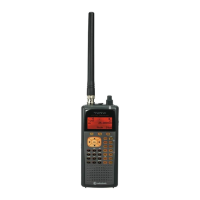
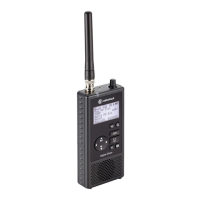
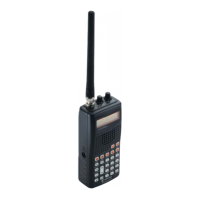
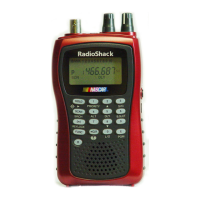
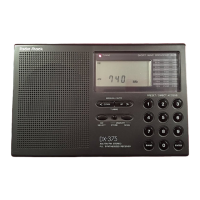
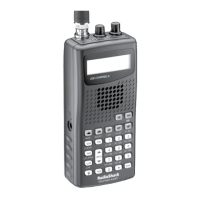

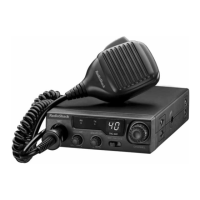
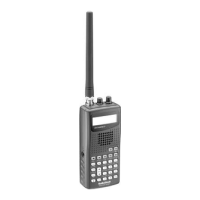
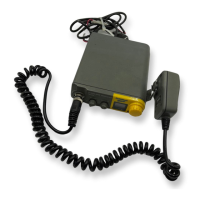
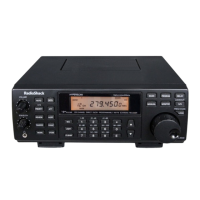
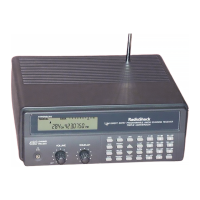
